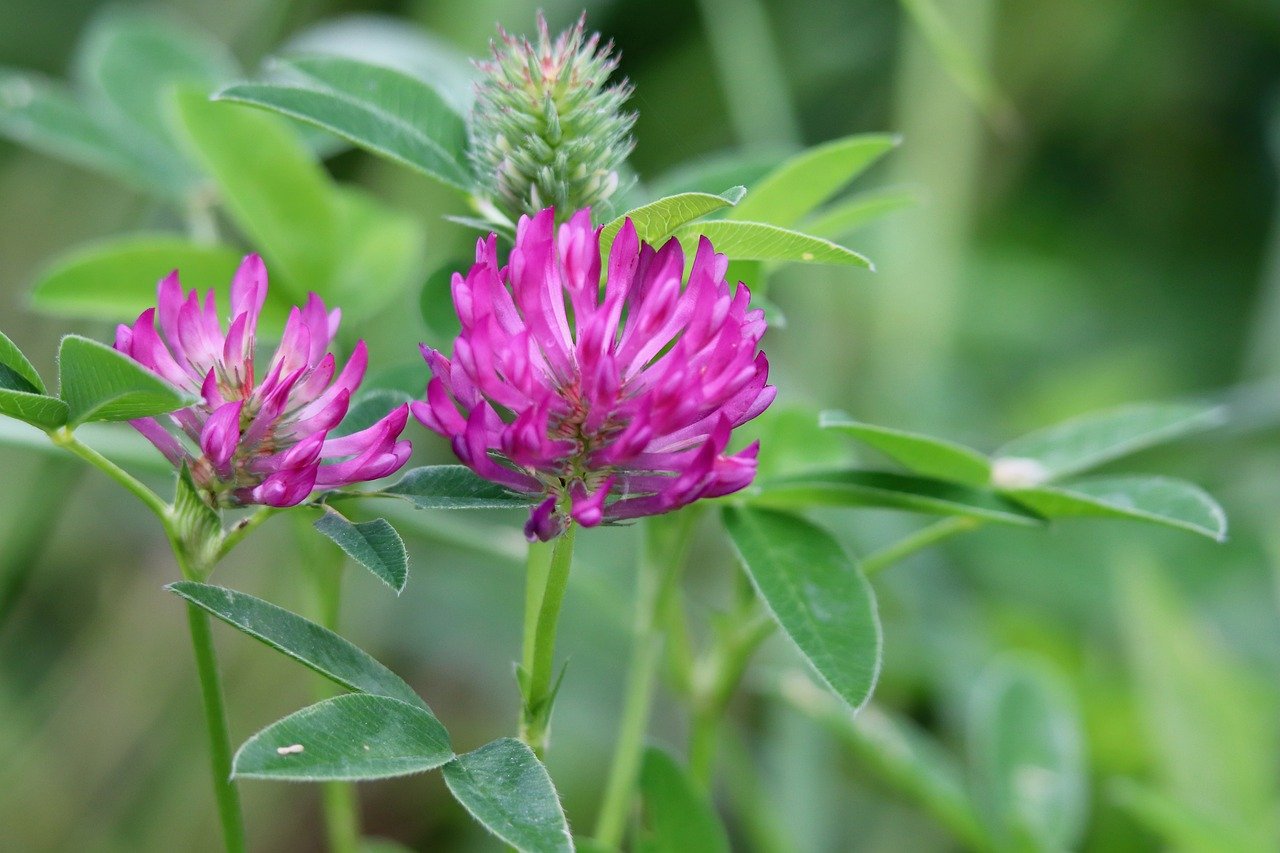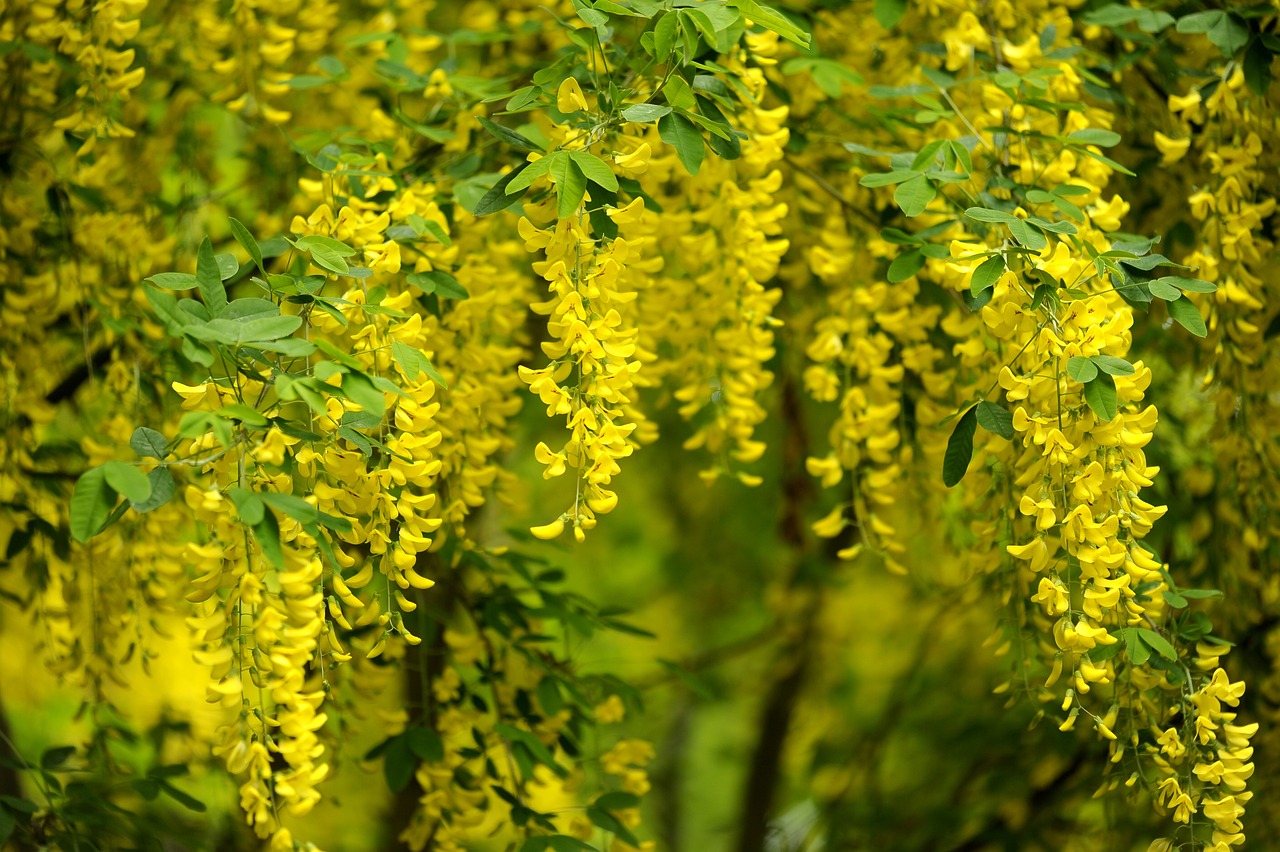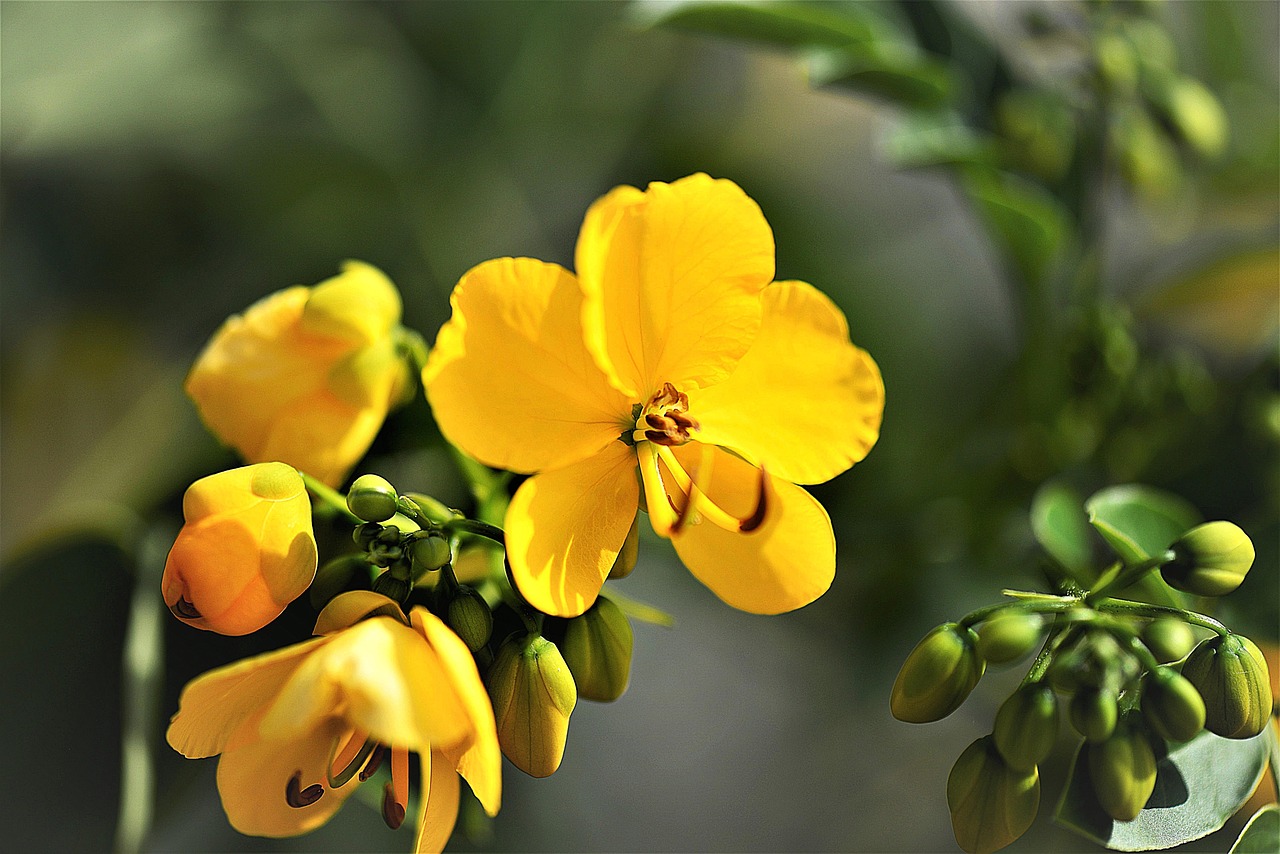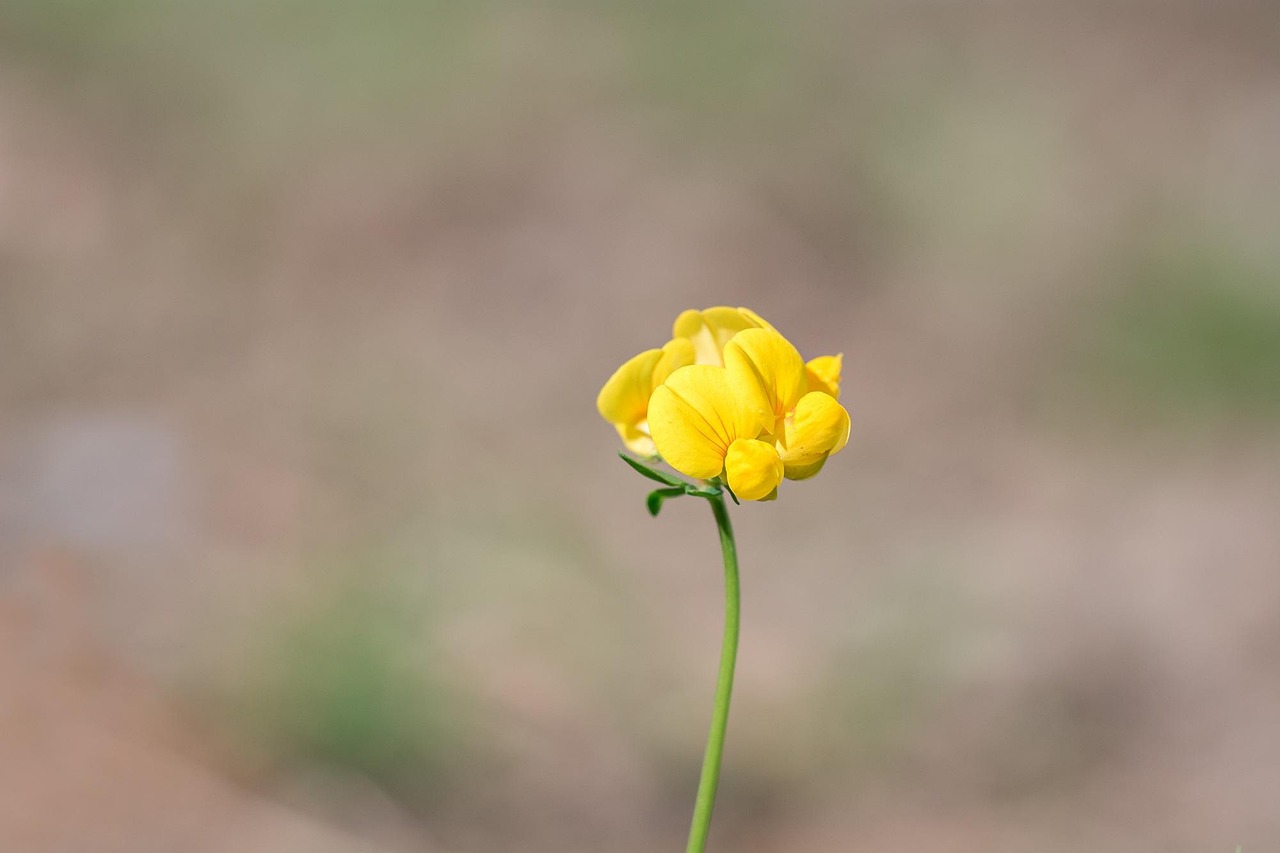Butterfly Pea | A Tropical Flower Woven in Blue
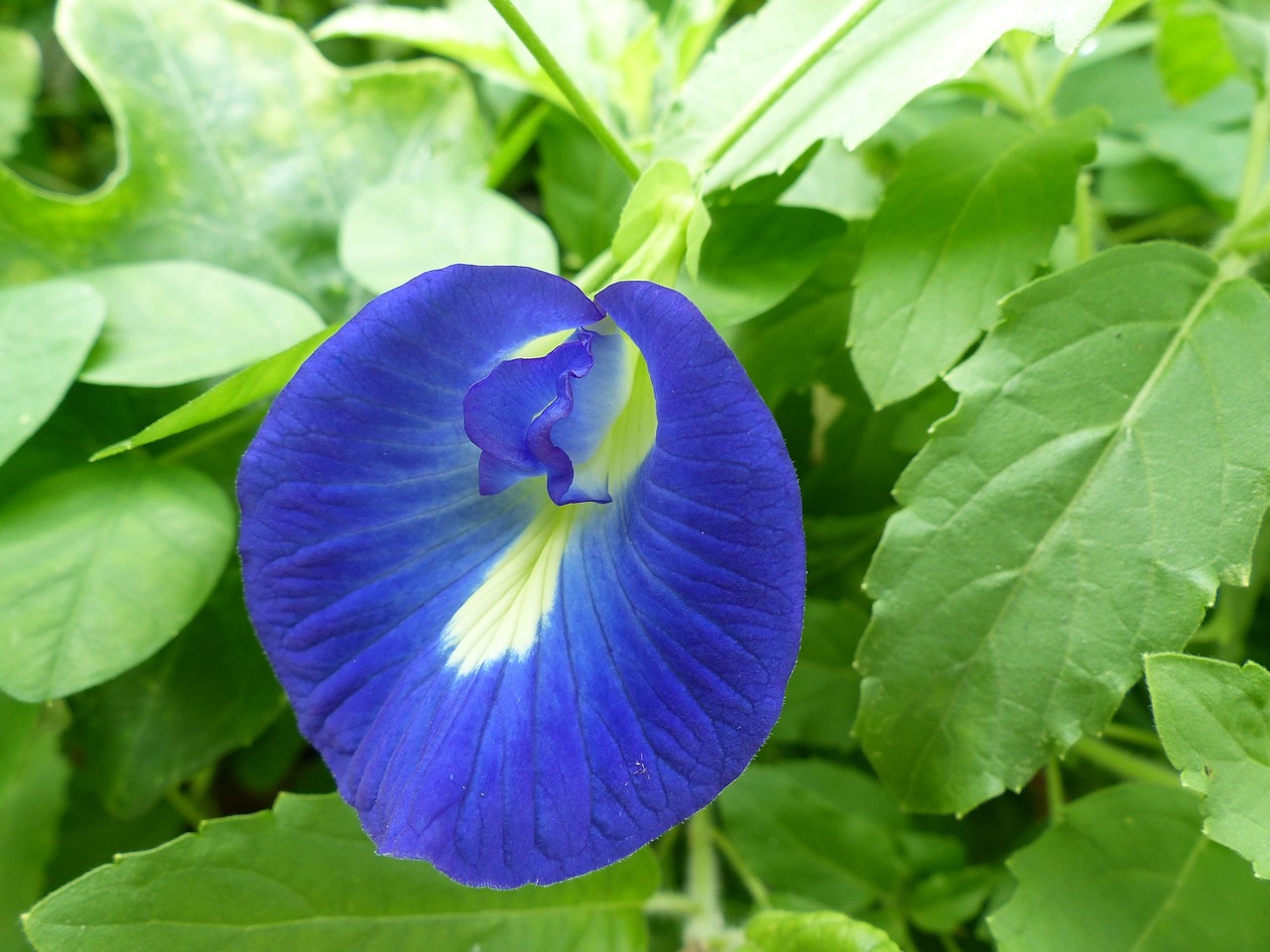
The butterfly pea (Clitoria ternatea) is a tropical plant distinguished by its striking blue flowers. Its vivid color is one of its most remarkable features.
It is also highly popular as an herbal tea, particularly known for turning a beautiful purple when lemon is added.
In this article, I will introduce the butterfly pea in detail, covering its basic information, cultural background, and tips for cultivation.
Basic Information
- Scientific name: Clitoria ternatea
- Family: Fabaceae
- Origin: Southeast Asia (Thailand, Myanmar, India, etc.)
- Appearance: A climbing plant that produces vivid blue, butterfly-shaped flowers. The name “butterfly pea” comes from the fact that the blossoms resemble butterflies. The vine can grow up to about three meters, making it well-suited for covering gardens and fences.
- Flowering season: From early summer to autumn. In warm climates, it can bloom throughout the year.
Cultural Characteristics Around the World
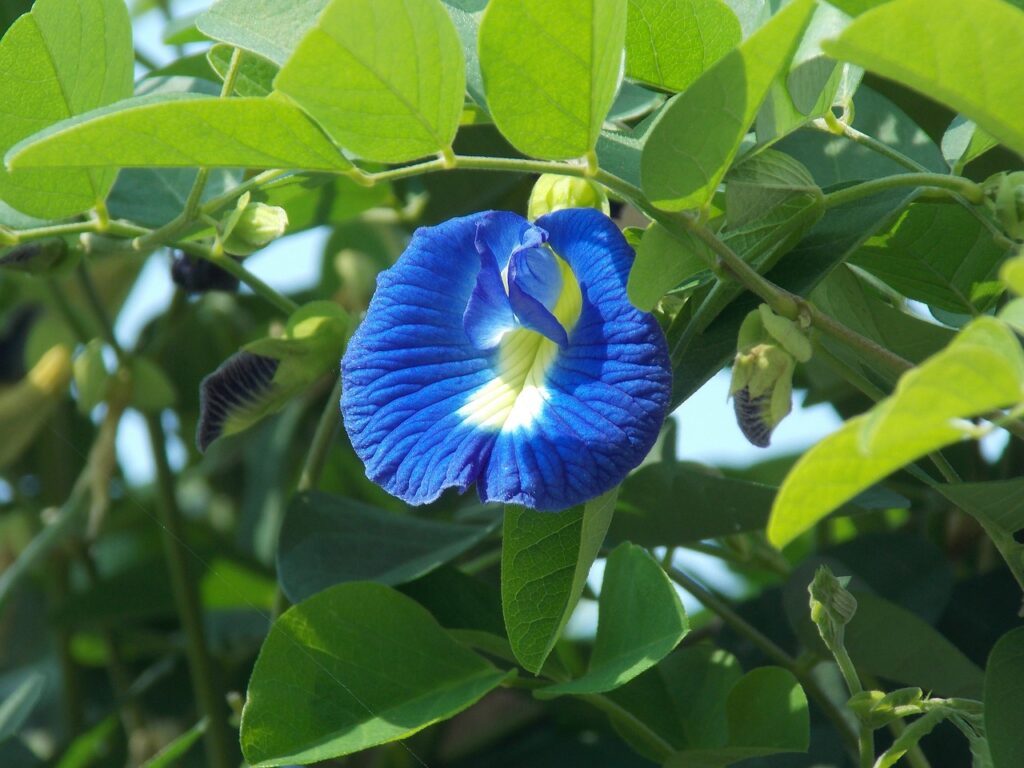
In Southeast Asia, the butterfly pea is widely cherished for culinary and decorative purposes.
In Thailand and Myanmar, tea made from butterfly pea flowers is especially popular. When lemon or lime is added, the tea reacts to acidity and changes from blue to purple, making it famous as a color-changing drink.
In India, the flowers are often used as a natural food coloring or for tinting traditional dishes. The vivid blue hue is due to natural anthocyanins, and the flowers are also used as a natural dye.
In recent years, butterfly pea has attracted attention as a natural blue food coloring, gaining popularity in Europe and the United States.
Historical Episodes
The butterfly pea has been used since ancient times in Ayurveda, India’s traditional medicine. In India, the blue flowers were regarded as symbols of wisdom and memory. Their vivid color was believed to enhance meditation and knowledge.
In ancient China as well, the plant was valued as a medicinal herb and was popular among scholars and intellectuals.
Thus, across many regions of Asia, the butterfly pea has long been regarded as a symbol of wisdom and has held a special place in people’s lives.
Gardening Advice
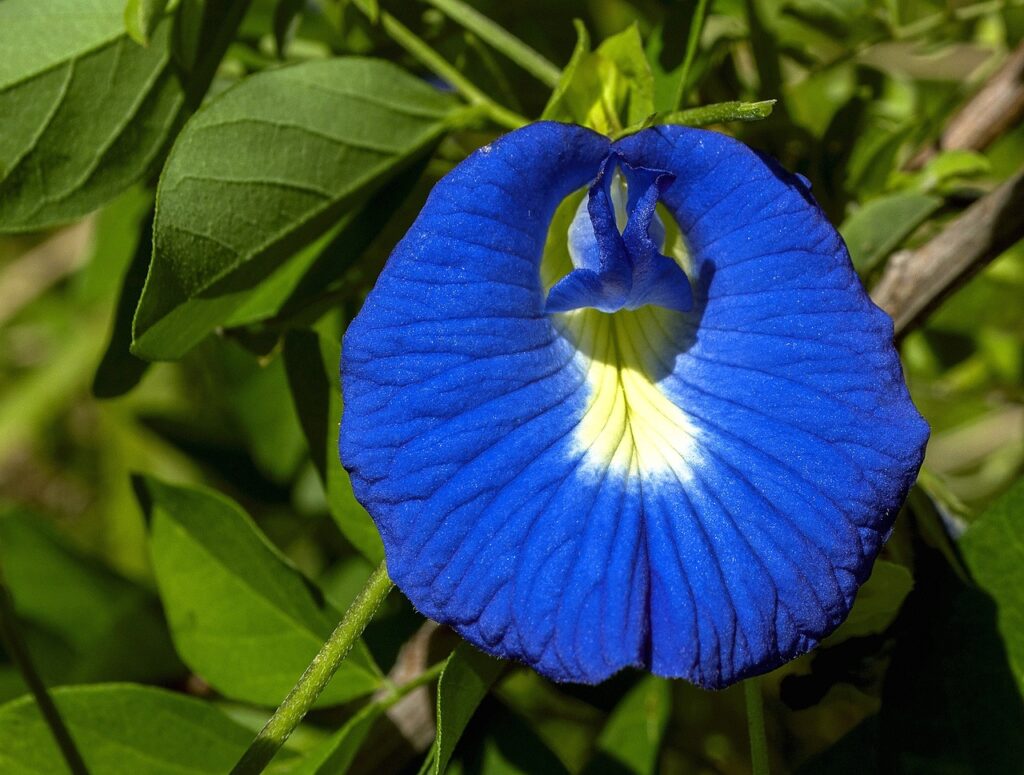
The butterfly pea thrives in warm environments, ideally in sunny and well-ventilated areas. It requires fertile, well-drained soil and should be kept moderately moist to prevent drying out.
While resistant to heat, it is sensitive to cold and will wither when exposed to frost. Therefore, it is best to bring it indoors before temperatures drop, or to grow it as an annual.
During its growing season, regular fertilization is effective. Fertilizers rich in phosphorus encourage more abundant flowering. As a climbing plant, it benefits from supports such as stakes or fences, which allow it to grow efficiently while displaying its beautiful blossoms.
After flowering, it is advisable to pick the blossoms promptly to promote the growth of new buds.
Conclusion
The butterfly pea is characterized by its vivid blue flowers and climbing growth habit, making it an attractive addition to gardens. With proper care in a warm environment, it can be enjoyed for a long time.
I encourage you to plant butterfly pea in your garden or balcony and experience its many charms—from herbal tea to natural dyeing.

